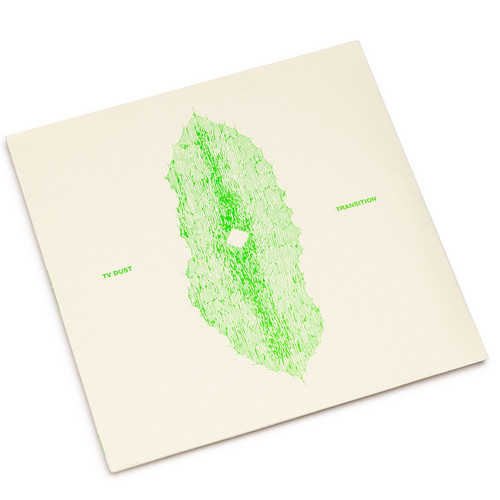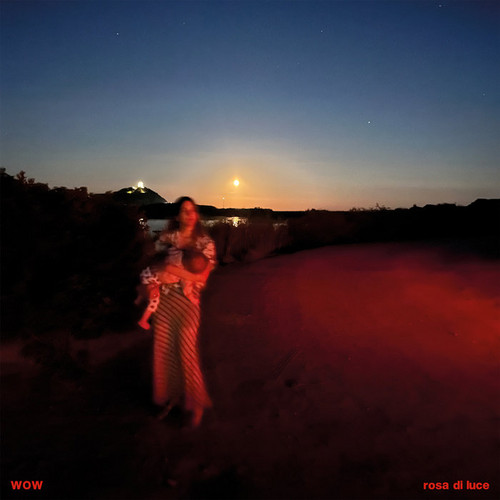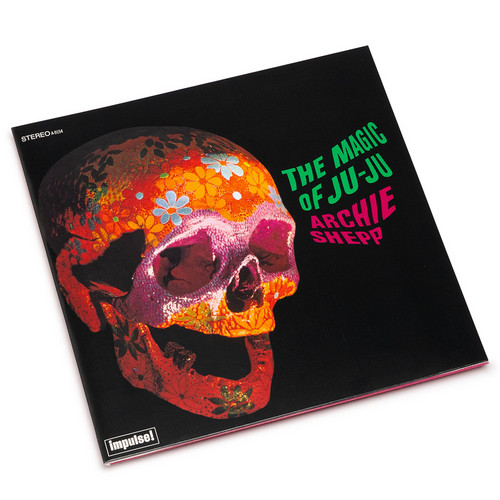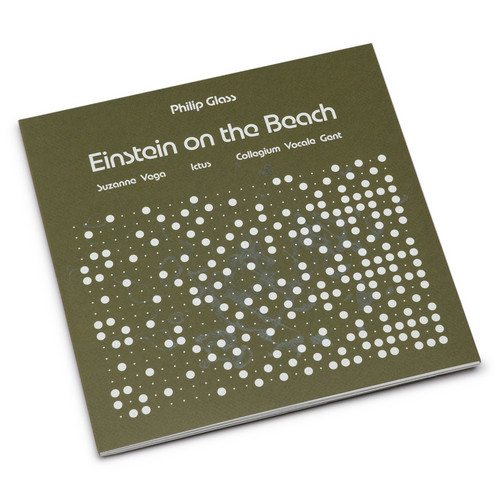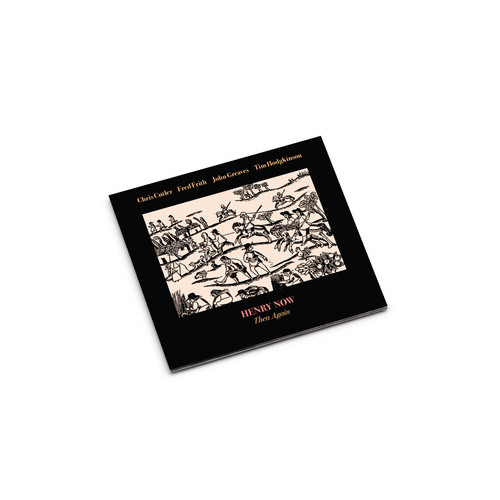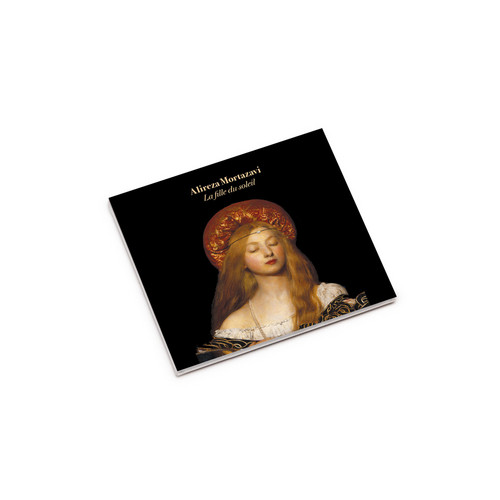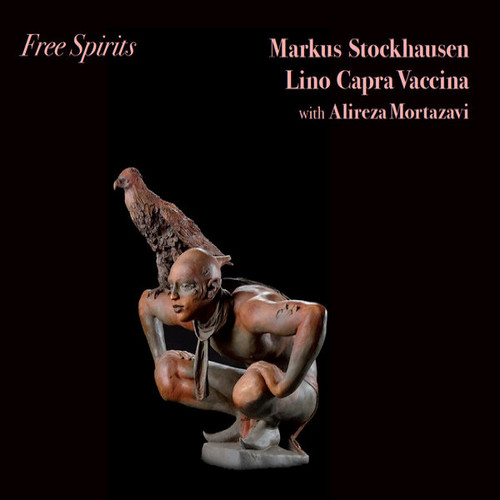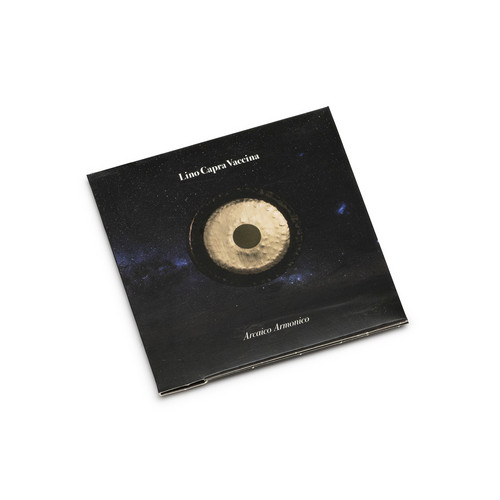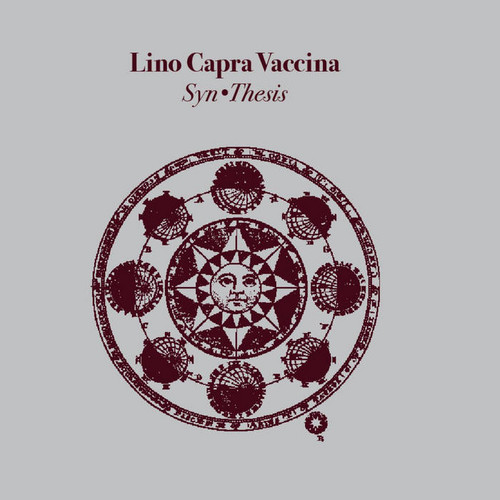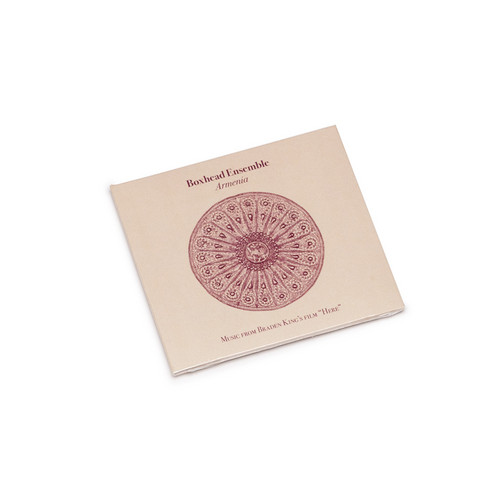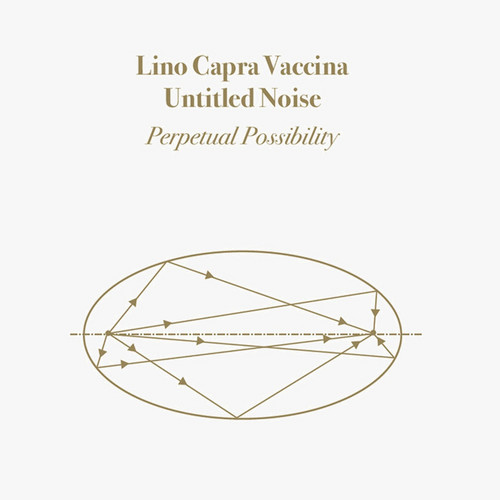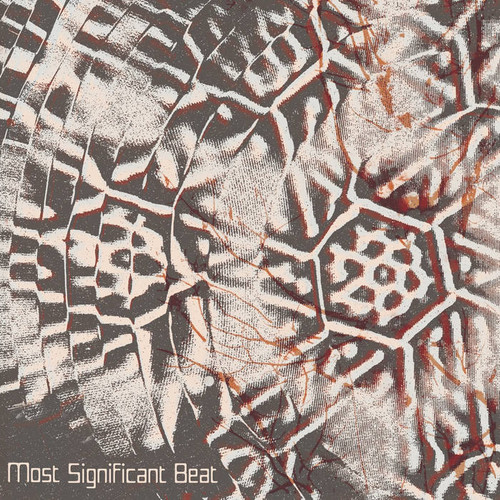Back in stock
Transition
After four EPs of skeletal kraut-punk and slimmed down post-motorik alienage Milan’s Tv Dust are back with an entirely different beast, their proper debut ‘Transition’, an incredible collection of no-jazz, breakneck rhythms, mutant-wave, trance-funk, shredded sax jags and furious, yet mysterious assaults.
Tv Dust run a tight ship, they jam econo, with the album strongly based around the incredible interplay of drums (Sergio Tringali), bass (Filippo Aloisi) and sax/synth (newest member Gaetano Pa…
Rosa di Luce
When you’re immersed into something you never actually realize if the essence will project as bright as the efforts, as deep as the process and as loud as the intentions. WOW, the Roma Est duo of China and Leo Non, have never had to create magic or delve into mystique along their meandering path, it’s just been a long solemn wait for what life throws at them and actually sticks. Cause and reaction, because the essence is quietly there when the clamour fades away. Their new album ‘Rosa di Luce’ i…
Straws (LP)
At long last, after remaining out of print for decades, the Milan based imprint, Dialogo, dives into the legendary catalog of Cramps, bringing forth the first ever vinyl reissue of Steve Lacy’s LP, "Straws", issued as the sixth instalment of the label’s DIVerso series in 1977. Truly singular in the legendary American saxophonist’s discography - featuring stunning solo excursions and dialogs with himself - it remains one of the great documents of 1970s improvisation, and is as engrossing, creativ…
The Magic Of Ju-Ju
Opening with the 18+ minute track of the same name, Archie Shepp’s ‘The Magic of Ju-Ju’ takes on a fevered pace as the centrepiece of this date from 1968. Shepp lets loose from the beginning as he’s joined by Beaver Harris, Norman Connor, Ed Blackwell, Frank Charles and Dennis Charles, all on percussion. The initial pace never dissipates throughout the title-track’s run. The additional tracks on Magic of Ju-Ju are a departure from the first, sitting more in a traditional realm. The album is a va…
Extensions
McCoy Tyner looked towards Africa on his stunning 1970 album Extensions, a far-reaching exploration of Black identity that marked the masterful pianist’s fifth recording for Blue Note Records. After leaving John Coltrane’s band Tyner had moved from Impulse to Blue Note and made his enduring post-bop classic The Real McCoy in 1967. In the following years Tyner steadily expanded his musical scope: writing for a 9-piece ensemble on Tender Moments, exploring the textures of a piano-vibes led quartet…
Einstein on the Beach
The concert version of Einstein on the Beach by Ictus, Suzanne Vega, and Collegium Vocale Gent distills Philip Glass’s pioneering minimalism into a mesmerizing sound ritual. Stripped of Robert Wilson’s grand staging, Vega’s measured narration weaves through the ensemble’s crystalline precision, revealing the raw musical architecture of this modernist epic.
Then Again
November 1978. Henry Cow disbands after a decade of music that redefined the boundaries of experimental rock. November 2022. Four founding members return to the stage. Not to look back - but to improvise the present.
Fred Frith (guitar, violin, electronics), Tim Hodgkinson (keyboards, saxophone, lap steel, electronics), Chris Cutler (drums, percussion), John Greaves (bass, vocals): reunited under the name Henry Now.
No scores. No prepared material. Only the instinct honed over fifty years of son…
La Fille Du Soleil
"I discovered Alireza through Markus Stockhausen, then I eventually published an album of the duo, Hamdelaneh, plus one in trio with Lino Capra Vaccina. I was struck by Alireza’s absolute virtuosity, never an end in itself, his impressive musicality, his ability to listen to sounds and silences. His music, like his approach to santoor, is truly revolutionary, personal, spiritual, innovative and yet... for those who, like me, love the immense heritage of traditional Persian music, perceive its ro…
Ripe When Yields To Gentle Pressure
Dark Companion come up roses again with dazzling, never-before-heard haunting compositions and songs by Jeanette Sollén, compiled from her archive specifically for this album. 300 individually handnumbered transparent emerald green audiophile vinyl. "My first recordings were on an old tape recorder in my childhood bedroom. I spent a lot of time with that machine. Listening to the radio and pressing the green and red buttons when something I liked came on. And I seemed to have liked a lot. One ta…
ExpoZoom 1969
The history of music is never concrete. It’s forever changing and rewriting itself. The past becomes the present and the present reforms the past. What was lost is found, and what was known is lost. Our era, defined by the reissue and archival release, will likely be regarded as a definitive period of historical reparisal and reevaluation. Monumental figures have fallen. The obscure and unheralded have finally received their rightful due. Dark Companion’s latest LP - Ron Geesin’s ExpoZoom 1969, …
Hamdelaneh
CD edition. Another greeat release from Dark Companion Records. "Chance doesn’t exist. I met Markus Stockhausen after inviting him and his wife to “Musiche Nuove In Piacenza” festival in autumn 2018. Immediately I felt a strong empathy towards him. That doesn’t happen very often. I knew his work and had always admired it, especially the spontaneous compositions he performs and the way his unique talent blossoms in these situations.We talked at lunch and I dared propose to him to record an album …
Free Spirits
'When I first had the chance to listen at Markus Stockhausen performing live at Conservatorio Nicolini in Piacenza, some years ago, I immediately had the intuition of this musical meeting. I was sure that the poetry of Lino Capra Vaccina will melt with Markus’ one in a completely intuitive, spontaneous way, creating something really unusual, really new. When, some months later, I had the chance to produce then meet the great Santoor player Alireza Mortazavi for the album Hamdelaneh (with Markus,…
Arcaico Armonico
CD version. Like many of my generation, grew up in an age where the Internet did not exist and there were few sources of information, especially those inherent to the new music, I discovered Lino through his participation in one of the most daring musical pro- jects, the magnificents Aktuala, new band that released three great albums in the early ‘70s, full of innate grace, where Walter Maioli, Lino Vaccina and their cronies tended mystical and astral plots about warps of music and sounds extrac…
Syn•Thesis
*300 copies limited edition* Once again Lino surprises us. Always a poet of silences and strictly acoustic sounds, now he offers an album where synthetic sounds are the protagonists. On the other hand, since the time of the collaborations with Franco Battiato, the VCS3 has been in the poetics of Lino and Franco. Thus, as often happens, even the new and the old are in sympathetic symbiosis. And this album is the definitive proof of this. What makes it truly incredible is that it doesn't matter wh…
Armenia - Music from Braden King's Film "Here"
Boxhead Ensemble is a musical collective founded by composer Michael Krassner, formed Los Angeles in 1991. The project began in 1991 to record music for the independent film The Original Pantry Café. The group features an ever rotating line-up, which as included Edith Frost, David Grubbs, Glenn Kotche, Fred Lonberg-Holm, Jim O’Rourke, Doug McCombs, Scott Tuma, Mick Turner, Ken Vandermark, Jim White. Krassner is the only consistent member and Lonberg-Holm has contributed the most frequently to th…
Perpetual Possibility
Perpetual Possibility is an album that bears witness to the collaboration between Lino Capra Vaccina, living legend of Italian minimalism and the avant-noise duo Untitled Noise with an interesting album on the label Dark Companion. Perpetual Possibility is the faithful transcription of the concert held by the trio at the MA*GA Museum in Gallarate, Italy and is the first recorded live album by Lino Capra Vaccina. Untitled Noise weaves delicate electronic warps on which the gongs, vibraphone, pian…
Feather and Pine
We are very proud to announce the second album by Michael Krassner for Dark Companion. This innovative, as ever, breathtaking music was originally intended as the soundtrack to a docufilm by Michael James Beck and Star Rosencrans of the same name: the film denounces the severe deforestation of North America’s majestic forests and all the associated problems. The music strikes arcane chords, buried in our collective memory. Ancient tales are told without words, preserving a profound sacredness th…
Most Significant Beat
Sunny Crypt reaches double digits on their release catalogue with a fully remastered new edition of the now sought after debut EP from Most Significant Beat.
M.S.B. is an electronic music project active since the early 90s, formed by Maurizio Martinucci and Saverio Evangelista; their first record - originally released by Marco Passarani’s Nature Records in 1994 - is a masterclass in hypnotic patterns, pulsating rhythms and mind-bending leftfield techno. While “Heart Thinks Wide” and “A Flux To F…
Ufficio Misteri
Sunny Crypt’s ninth release - and first ever excursion into the realms of previously unreleased music - is “Ufficio Misteri”, the debut album of Milan-based musical collective UFOBAR, an eight piece digital folk orchestra born from the creative synergy of a group of friends with diverse artistic backgrounds. Inspired by evocative ambient electronica, stoner rock songwriting and industrial soundscapes, the project draws on a wide array of influences, crafting a dynamic and multifaceted sonic land…
It Passed Like A Dream - Collected CD Works 1994 - 2000
*2025 stock* Sunny Crypt is incredibly happy to finally announce its seventh release: a retrospective compilation of six previously CD-only tracks by Nightmare Lodge, a name that might ring the bell to many enthusiast of Italian experimental music. It Passed Like A Dream is a selection of some of our favourite tracks they released between 1994 and 2000, aiming to spotlight a small glimpse of the amazing body of music they did throughout the years.
Nightmare Lodge is a musical project founded b…
